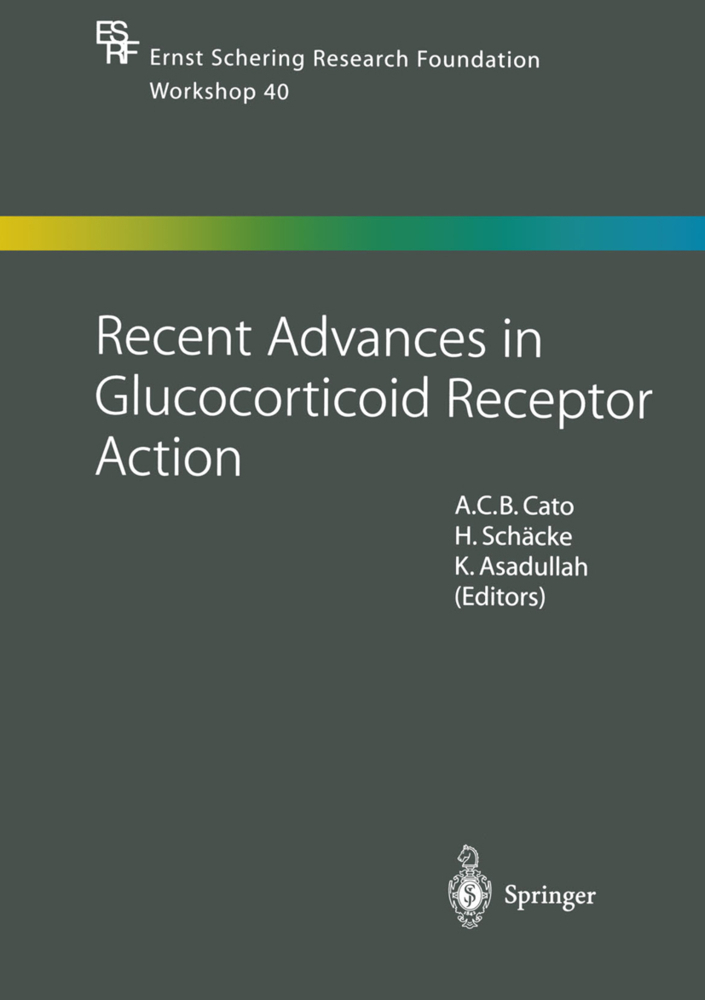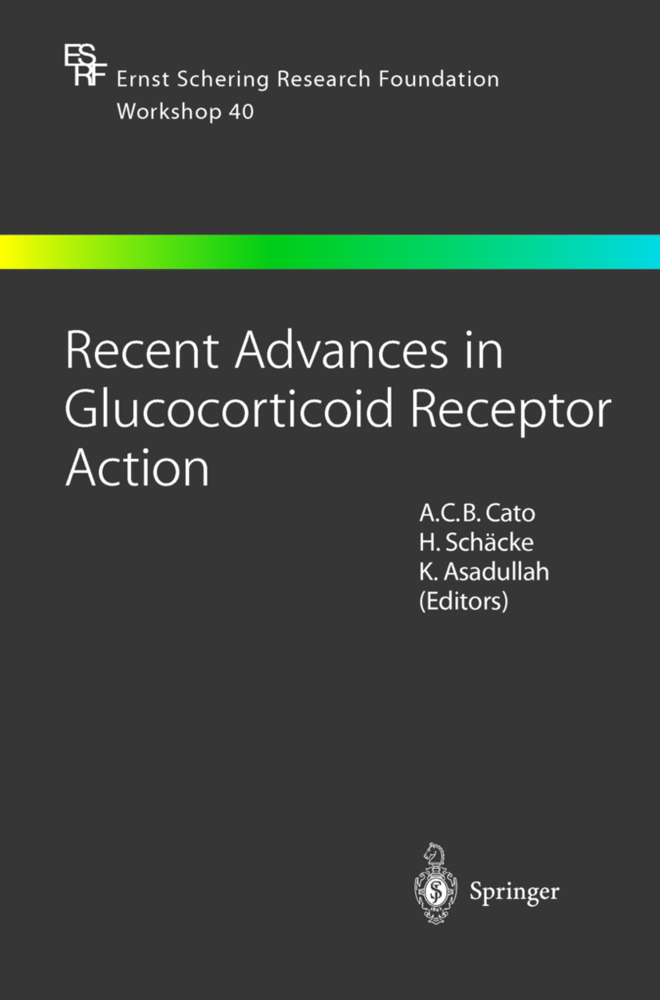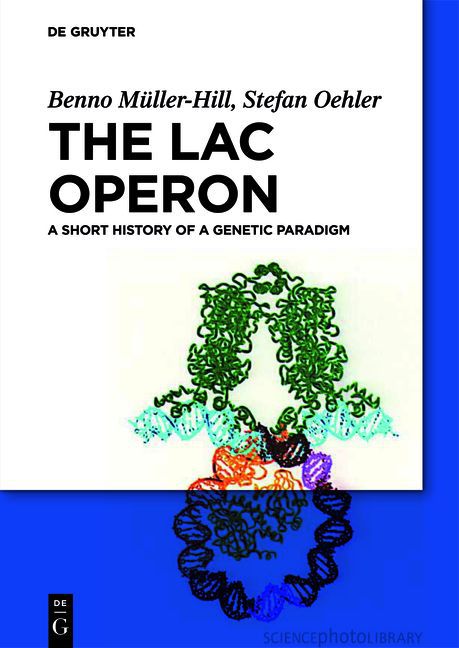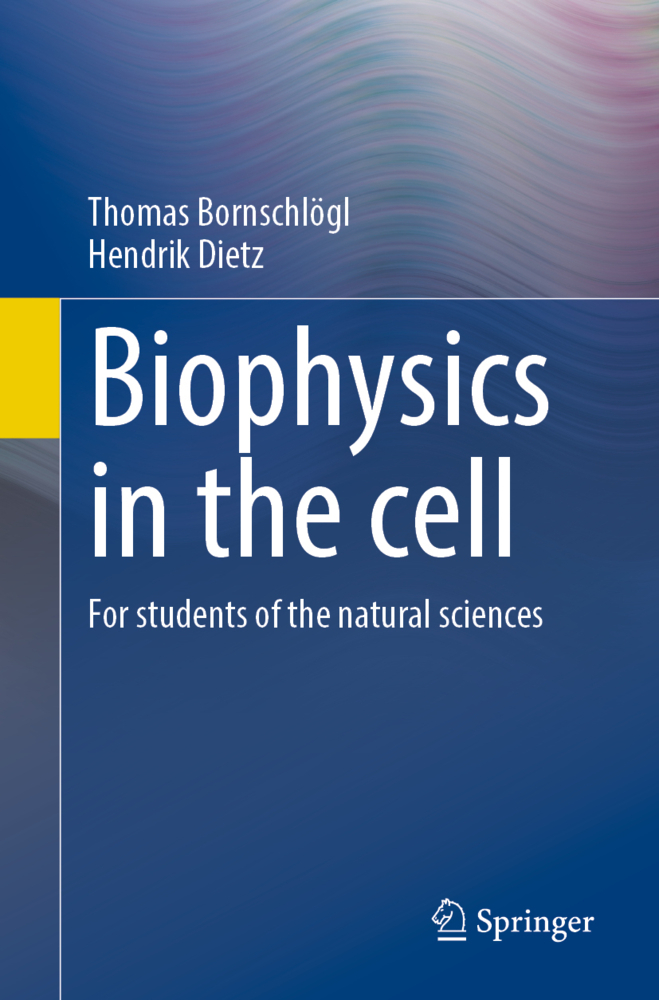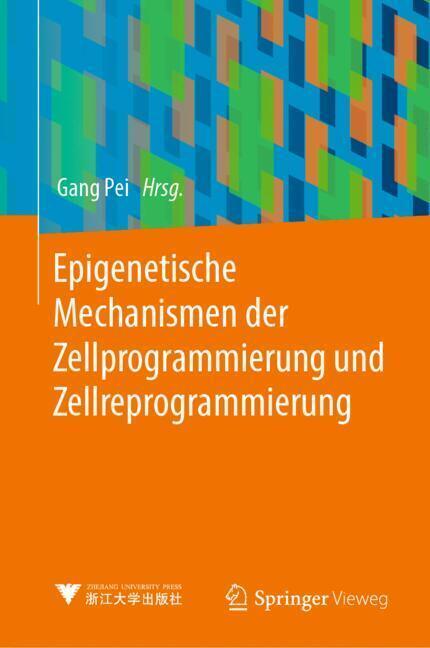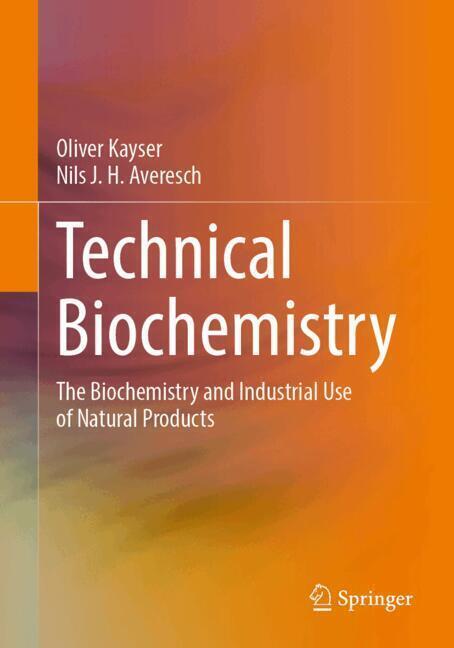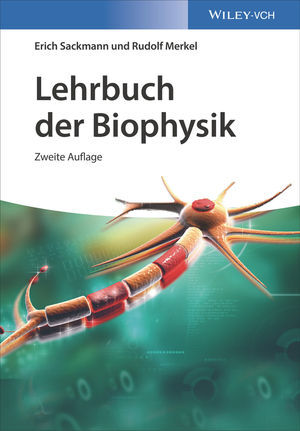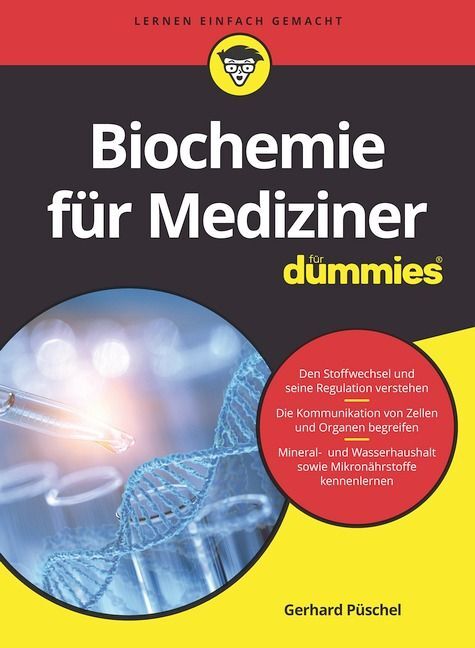Recent Advances in Glucocorticoid Receptor Action
Recent Advances in Glucocorticoid Receptor Action
Since 1948, hydrocortisone (cortisol), the principal glucocorticoid (GC) of the human adrenal cortex has been successfully used at phar macological concentrations for the suppression of clinical manifesta tions of rheumatoid arthritis. Numerous compounds with GC activity have also been developed and used. Fifty years after their initial clinical use, GCs are still the most im portant and frequently prescribed class of anti-inflammatory drugs for various inflammatory disorders. They are administered either orally, parenterally (intravenous, intramuscular, intrathecal), or topically (cu taneous, intranasal, pulmonic, rectal). Despite the many beneficial ef fects of GCs, they also have their limitations and disadvantages that occur with varying prevalence on different organs and after different durations of therapy. These side-effects can range in severity from cos metic (e.g. telangiectasias, hypertrichosis) to seriously disabling (e.g. induction of glaucoma, diabetes, osteoporosis) or even life-threatening disorders (e.g. gastric haemorrhage). These adverse effects of GCs se riously handicap their successful use as anti-inflammatory agents. There is therefore a strong need for the development of substances with the anti-inflammatory potency of classical GCs but with reduced side-effects.
3 Topical Glucocorticoid Therapy in Dermatology
4 Bone Effects of Glucocorticoid Therapy
5 Corticosteroids in Ophthalmology
6 Special Problems in Glucocorticoid Treatment in Children
7 Functional Implications of Glucocorticoid Receptor Trafficking
8 The Dynamics of Intranuclear Movement and Chromatin Remodeling by the Glucocorticoid Receptor
9 Glucocorticoid Receptor Antagonism of AP-1 Activity by Inhibition of MAPK Family
10 Mast Cells as Targets for Glucocorticoids in the Treatment of Allergic Disorders
11 Cytosolic Glucocorticoid Receptor-Interacting Proteins
12 The Glucocorticoid Receptor ?-Isoform: A Perspective on Its Relevance in Human Health and Disease
13 Cooperation of Nuclear Transcription Factors Regulated by Steroid and Peptide Hormones
14 Induction and Repression of NF-?B-Driven Inflammatory Genes
15 DNA-Dependent Cofactor Selectivity of the Glucocorticoid Receptor
16 The Anti-inflammatory Action of Glucocorticoid Hormones
17 Analysis of Glucocorticoid Receptor Function in the Mouse by Gene Targeting
18 Glucocorticoid-Inducible Genes That Regulate T-Cell Function
19 Structural Analysis of the GR Ligand-Binding Domain
20 SEGRAs: A Novel Class of Anti-inflammatory Compounds
Previous Volumes Published in This Series.
1 Glucocorticoids and Asthma
2 Immune Monitoring of Glucocorticoid Therapy3 Topical Glucocorticoid Therapy in Dermatology
4 Bone Effects of Glucocorticoid Therapy
5 Corticosteroids in Ophthalmology
6 Special Problems in Glucocorticoid Treatment in Children
7 Functional Implications of Glucocorticoid Receptor Trafficking
8 The Dynamics of Intranuclear Movement and Chromatin Remodeling by the Glucocorticoid Receptor
9 Glucocorticoid Receptor Antagonism of AP-1 Activity by Inhibition of MAPK Family
10 Mast Cells as Targets for Glucocorticoids in the Treatment of Allergic Disorders
11 Cytosolic Glucocorticoid Receptor-Interacting Proteins
12 The Glucocorticoid Receptor ?-Isoform: A Perspective on Its Relevance in Human Health and Disease
13 Cooperation of Nuclear Transcription Factors Regulated by Steroid and Peptide Hormones
14 Induction and Repression of NF-?B-Driven Inflammatory Genes
15 DNA-Dependent Cofactor Selectivity of the Glucocorticoid Receptor
16 The Anti-inflammatory Action of Glucocorticoid Hormones
17 Analysis of Glucocorticoid Receptor Function in the Mouse by Gene Targeting
18 Glucocorticoid-Inducible Genes That Regulate T-Cell Function
19 Structural Analysis of the GR Ligand-Binding Domain
20 SEGRAs: A Novel Class of Anti-inflammatory Compounds
Previous Volumes Published in This Series.
Cato, A.
Schaecke, H.
Asadullah, K.
| ISBN | 978-3-662-04662-3 |
|---|---|
| Artikelnummer | 9783662046623 |
| Medientyp | Buch |
| Auflage | Softcover reprint of the original 1st ed. 2002 |
| Copyrightjahr | 2013 |
| Verlag | Springer, Berlin |
| Umfang | XXI, 380 Seiten |
| Abbildungen | XXI, 380 p. 68 illus., 12 illus. in color. |
| Sprache | Englisch |

